After few attempts and help from the SO experts, I came up with the following solutions; none of them perfect, though.
Solution 1: ( with a random repetition using rand and rgb calls)
reset
set term postscript eps size 5.5,4.5 enhanced color solid lw 2 font \
"arial,28"
set key right
rgb(r,g,b)=int(255*r)*65536+int(255*g)*256+int(255*b)
do for [i=1:31] {
myrand=rand(int(rand(0)*i*100)+i*100)
set style line i linecolor rgb rgb(rand(0),rand(0),rand(0))
}
set xtics rotate -45 font ",20"
set style fill solid 1 border -1
plot 'rankdefcount.dat' using ($0):2:($0):xticlabels(1) \
notitle w boxes lc variable
quit
Here is the corresponding output:

With palette definition (solution 2):
reset
set term postscript eps size 5.5,4.5 enhanced color solid lw 2 font \
"arial,28"
set key right
set palette color model HSV
set palette defined (0 0 1 1,1 1 1 1)
set palette defined ( 0 0 1 0, 1 0 1 1, 6 0.8333 1 1, 7 0.8333 0 1)
set boxwidth 0.5
unset colorbox
set xtics rotate -45 font ",20"
set style fill solid 1 border -1
plot 'rankdefcount.dat' using ($0):2:($0):xticlabels(1) \
notitle w boxes lc palette
quit
This is the output:

For another solution (solution 3), replace the definition above with the following lines:
set palette color model HSV
set pm3d explicit at b
set palette rgbformulae 3, 2, 2
This is what I got:




